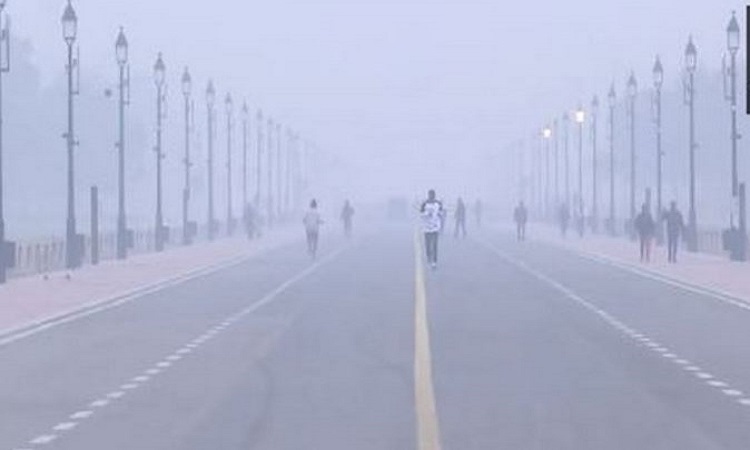 English
English

According to the Central Pollution Control Board (CPCB), RK Puram recorded severe air quality with an AQI of 419 at 7:00 a.m. Read further on Dynamite News:

New Delhi: A thick layer of smog veiled the national capital on Monday morning and the air quality was recorded in the 'severe' category in several parts of Delhi.
According to the Central Pollution Control Board (CPCB), RK Puram recorded severe air quality with an AQI of 419 at 7:00 a.m.
As per the CPCB, ITO recorded 435, Dwarka Sector 8 at 402, Jahangirpuri at 437 and Ashok Vihar at 455, all in the severe category.
Dr RK Sharma, a local resident says, "The pollution level in Delhi is worse, causing damage to the lungs. I experience slight discomfort due to pollution, so people should avoid morning walks and cycling as the pollution level is high..."
The air quality index from 0 to 100 is considered 'good', 100 to 200 'moderate', 200 to 300 'poor', 300 to 400 'very poor' and from 400 to 500 or above 'severe'.
The AQI is a tool for effectively communicating air quality status to people in terms that are easy to understand. It transforms complex air quality data on various pollutants into a single number (index value), nomenclature and colour.
The recent surge in AQI levels followed the lifting of several restrictions by the Centre last Saturday, which included the allowance of construction activities and the entry of polluting trucks into Delhi.
Restrictions under stages 1 to 3 of the Graded Response Action Plan (GRAP), however, remained in place.
Delhi Environment Minister Gopal Rai had conducted a meeting on Friday on increasing pollution in the city.
"Some increase in the pollution of Delhi has been noted. We had a meeting regarding it. The incidents of stubble burning are very few now, and the level of pollution is still increasing.
Scientists reported 2-3 factors for this. The first is that vehicle pollution's contribution is 36 per cent. The second factor is biomass burning. We made some major decisions after seeing this, Gopal Rai said. (ANI)